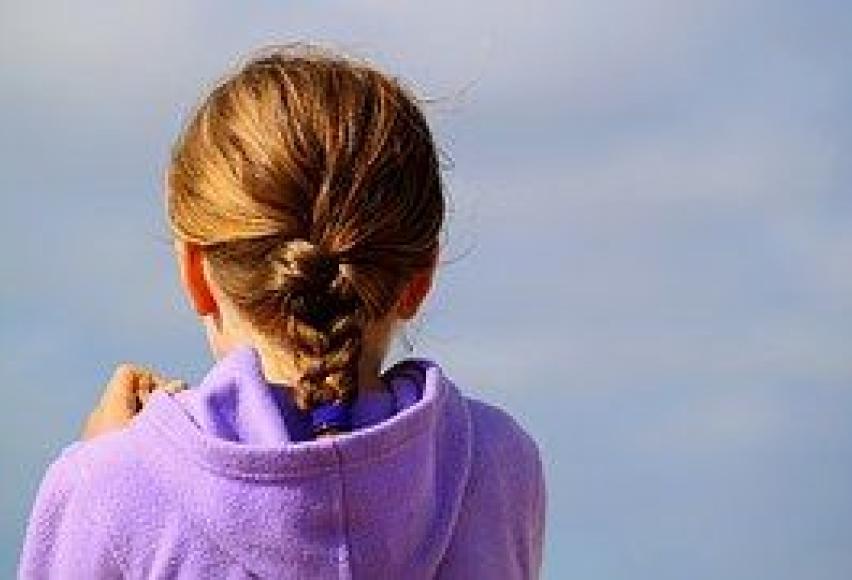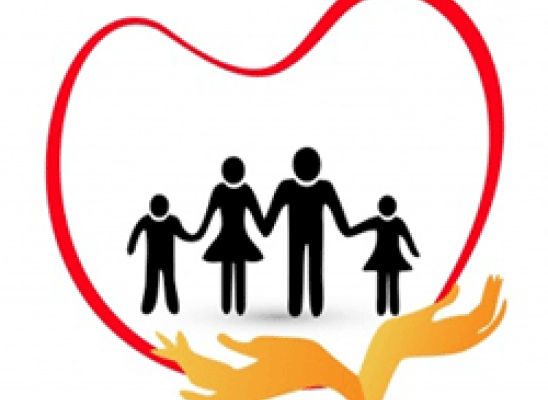Are You Concerned About Your Child's Hair Pulling?

Online test
Find out the severity of your symptoms with this free online test
Hair pulling disorder is thought to sometimes stem from habitual behavior and evolves into something more serious. In children this could be related to sensory experiences such as being over or under stimulated and therefore either seeking out sensory input or trying to self-soothe. It may also be something more simple such as itchy eyelash that your child gets into the habit of rubbing or pulling, even after the original itchiness is gone. For many parents this can be worrysome, especially when there is noticeable hair loss. One mother expressed her concerns by seeking advice from the health expert from The Irish Times:
Recently, I noticed that she seemed to have lost a few eyelashes in one area on her top eyelid. A few days later all the lashes were gone from that eyelid. I had a word with her, saying: “You might have rubbed your eye a bit too hard recently because I think you’ve lost a few lashes; maybe just go easy and they’ll grow back quickly. They’re important for protecting your eye from dust.” She didn’t get upset but she didn’t want to have any attention drawn to it, either. Now she has the other eyelid all pulled too.
Do I Have Trichotillomania?Check the severity of your hair pulling symptoms with this free online test
Identify a pattern
If you are concerned about your child's hair pulling behavior, the first thing is to identify the pattern of the behavior and to establish whether it is just a bad habit or if they have a compulsion to do so. Observe your child for a few days taking note of the times of day and length of time that picking occurs to see if you can establish a pattern. You should particularly look out for triggering environements or situations. For example it is quite common for children to twirl or pull at their hair when sleepy. As the expert in the article states, hair-pulling is one of many body-based habits, like nail biting and thumb sucking that children develop as a means of distracting or relaxing themselves. Children also still have developing sensory systems, so sensory integration problems are common in children. If you find that your child is engaging in hair pulling whenever s/he is anxious or stressed they may be using hair pulling as a sensory mechanism to self soothe or regulate their sensory systems or emotions. This kind of behavior can be harmless if not engaged in compulsively and infrequently. However, if the behavior results in noticeable hair loss or the desire to engage in the behavior impacts on other activities such as schoolwork or social activities, then it is advisable that you seek professional input. A consultation with an occupational therapist who specializes in sensory integration may be beneficial.
days taking note of the times of day and length of time that picking occurs to see if you can establish a pattern. You should particularly look out for triggering environements or situations. For example it is quite common for children to twirl or pull at their hair when sleepy. As the expert in the article states, hair-pulling is one of many body-based habits, like nail biting and thumb sucking that children develop as a means of distracting or relaxing themselves. Children also still have developing sensory systems, so sensory integration problems are common in children. If you find that your child is engaging in hair pulling whenever s/he is anxious or stressed they may be using hair pulling as a sensory mechanism to self soothe or regulate their sensory systems or emotions. This kind of behavior can be harmless if not engaged in compulsively and infrequently. However, if the behavior results in noticeable hair loss or the desire to engage in the behavior impacts on other activities such as schoolwork or social activities, then it is advisable that you seek professional input. A consultation with an occupational therapist who specializes in sensory integration may be beneficial.
The expert, Dr John Sharry's advice to the mom was as follows:
- Talk directly to your child about the habit in a supportive and non-blaming way
- Help your daughter to notice the trigger situations and remind her of agreed alternative strategies
- Help your daughter to learn new responses when she feels the urge to pull her eyelashes
- Teach your daughter relaxation or mindfulness strategies that she can use as a means of becoming aware of, and diverting her hair-pulling behaviour, as well as reducing her stress levels generally
- Seek professional help if neccessary
 Seek the right help
Seek the right help
The advice given here reflects strategies from cognitive behavioral therapy (CBT) such as Habit Reversal Training (HRT) and Minfulness. CBT is thought to be the most effective means of intervention for hair pulling disorder. However the cognitive aspect requires an abstract insight into ones thoughts and emotions which may not always be viable with very young children. It is best to seek the help of a specialist in pediatric mental health. Child psychologists, and mental health social workers and occupational therapists who are trained in child behavior are options to consider. Remember that if you are concerned, it is best to seek advice as early diagnosis has a far bettter prognosis for recovery.
Online test
Find out the severity of your symptoms with this free online test
Start your journey with TrichStop
Take control of your life and find freedom from hair pulling through professional therapy and evidence-based behavioral techniques.
Start Now



